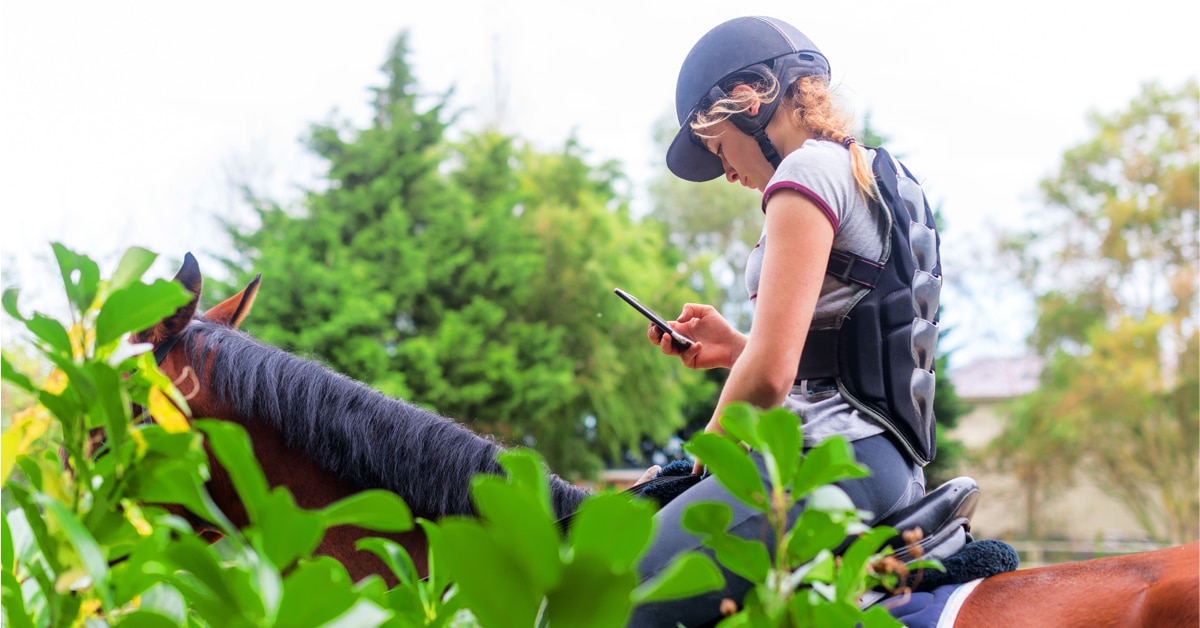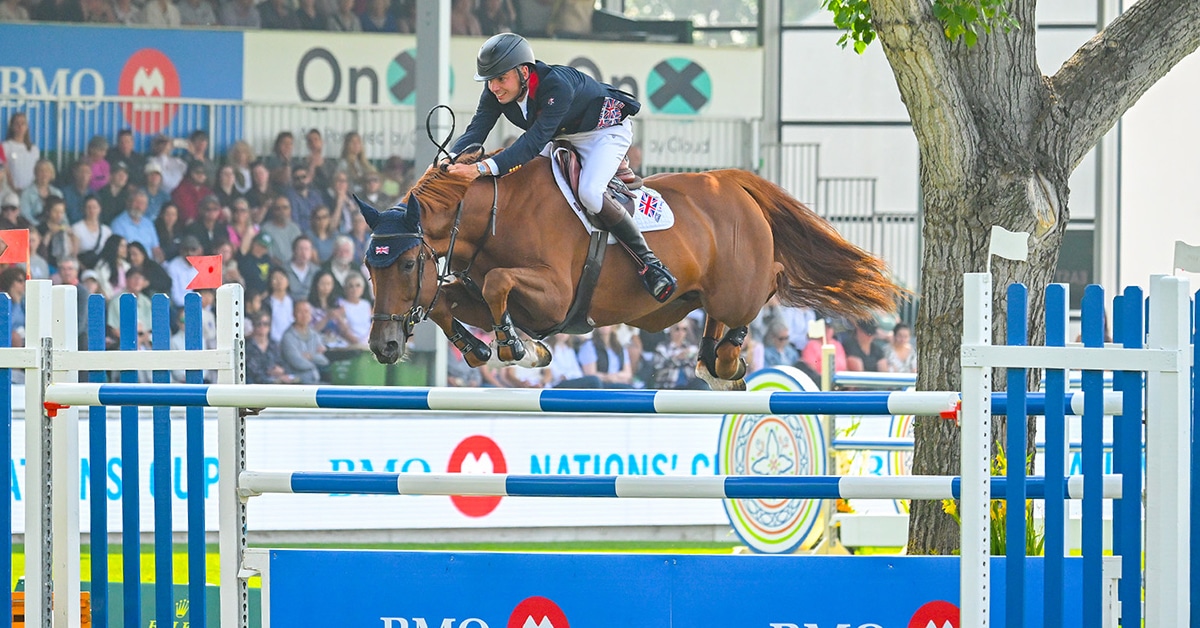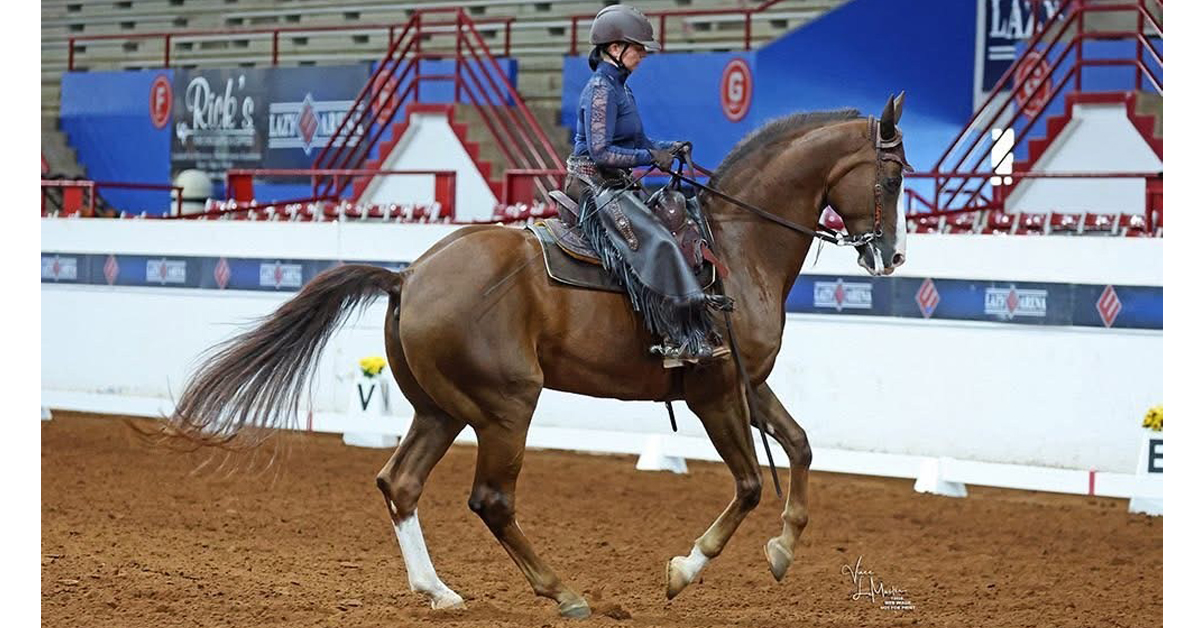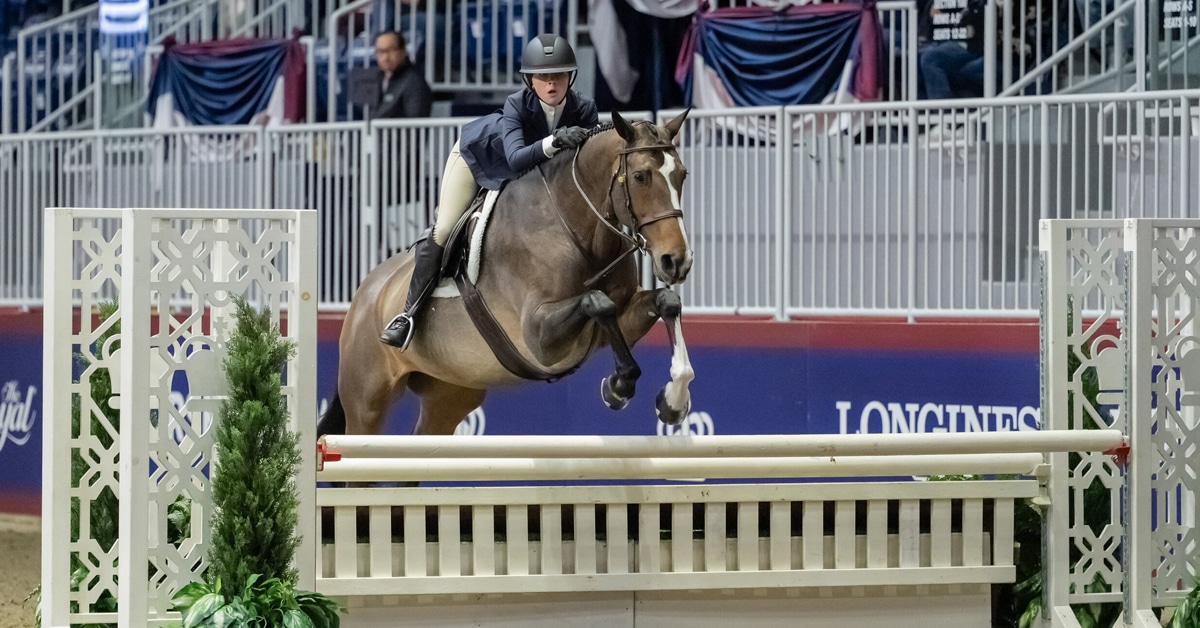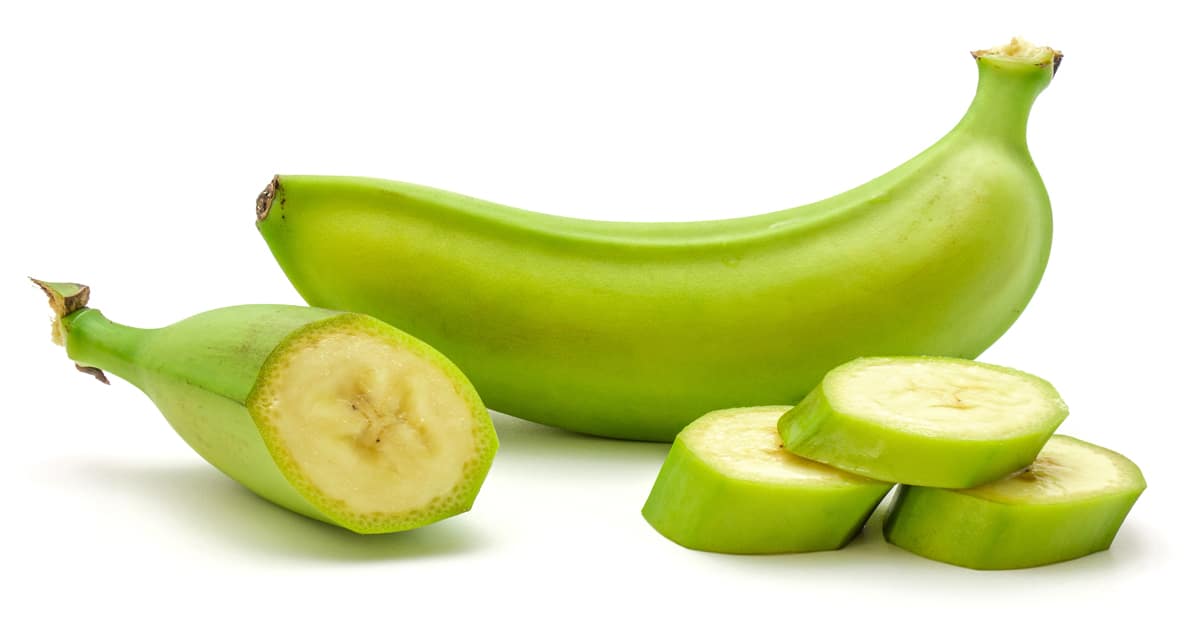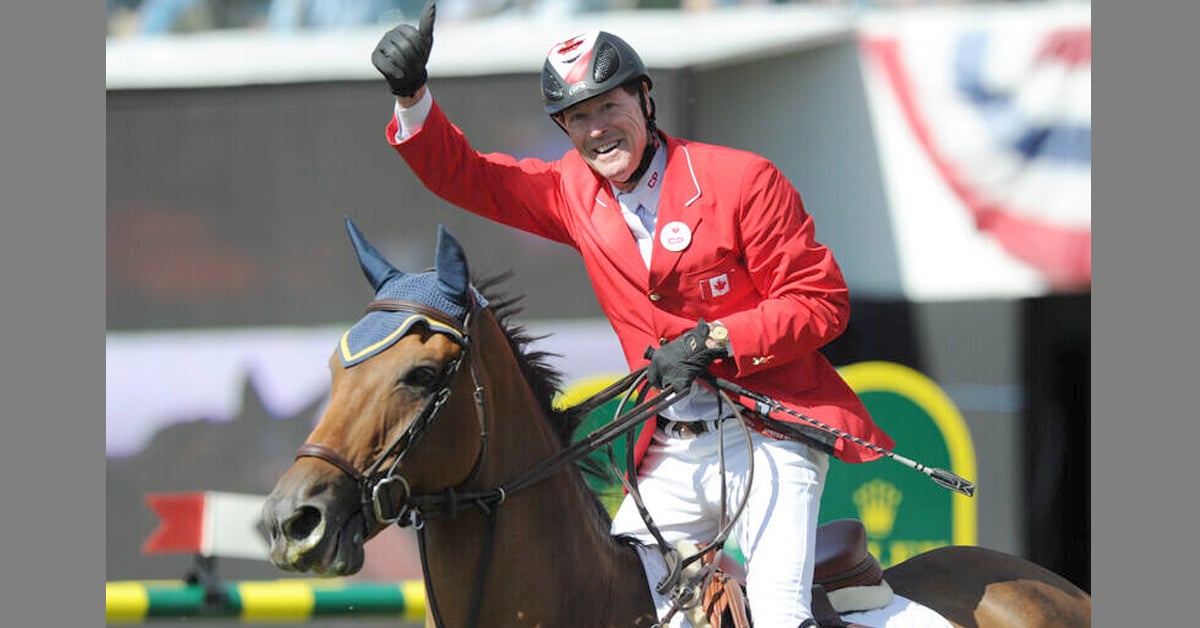You’ve had one of the most remarkable careers in show jumping, spanning decades. Looking back, what moments stand out as your proudest achievements, both at Spruce Meadows and internationally?
Over the years I’ve had 50 successful grand prix horses, and each created special memories. Often, they gave more than anyone expected – like a 1.40m horse winning a 1.45m Grand Prix by digging deep and finding that extra effort. Those moments stay with you.
But if I had to choose one standout at Spruce Meadows, it would be the retirement of Big Ben. That day drew the biggest crowd Spruce Meadows had ever seen – people were even allowed into the International Ring because the stands were full. Leading up to it, we toured across Canada with Big Ben, supported by sponsors like BMO Financial and Miller’s Saddlery, giving fans the chance to meet him and take photos. The proceeds – about CAN$100,000 – were donated to the Canadian Therapeutic Riding Association.
The recognition Spruce Meadows, the Southern family, and the fans gave Big Ben was extraordinary. I’ve always said a good athlete is defined by what they do on the field of play, but a great athlete is defined by what they do off it. Big Ben embodied that.
He didn’t just raise the profile of show jumping – he became a national icon. Fans would call Spruce Meadows asking, “Is Big Ben jumping this week?” His presence alone could fill the stands. As Mr. Southern used to say, what Big Ben did for Spruce Meadows was immeasurable. For me, sharing that journey with him remains one of the proudest chapters of my career.
Known as ‘Captain Canada,’ for your incredible consistency in representing your country, you’ve become a symbol of Canadian show jumping. How do you see your role in shaping the legacy of the sport in Canada?
Now as Team Canada’s chef d’équipe, my focus is on broadening the base of the pyramid. The wider the base, the greater the chance of producing top athletes. This year we’ve sent more riders to Nations’ Cups than ever before, giving both our top group and the next tier opportunities to gain experience, attract support, and develop strong strings of horses.
Alongside that, I work with Ontario Equestrian’s GRIT Programme – Great Riders Intensive Training – which I’ve led on the show jumping and eventing side for six years, partnered with Christilot Boylen in dressage. We’ve supported over 20 young riders aged 13–25, not just in the saddle but with stable management, personal training, sports psychology, media skills, sponsorship, and body symmetry, which is crucial for riders.
This year we even fielded a team in Dublin for the first time in 35 years, and the experience reinforced the value of structured pathways like Ireland’s rider certification. Our aim is to expand GRIT nationwide, building a feeder system that identifies and mentors talent from early teens.
My daughter Amy and Tiffany Foster also co-founded CAN Jump, a private initiative raising funds to send young riders and teams abroad. There’s a real appetite in Canada for this kind of structure – we just need direction. Helping establish these systems and opportunities is the legacy I hope to leave for Canadian show jumping.
This year marks Spruce Meadows’ 50th anniversary since it was founded in 1975. What does this phenomenal milestone mean to you personally, and how have you seen the venue grow over the years?
Let’s start with the co-founders, Marg and Ron Southern – truly extraordinary people. Ron loved to describe Spruce Meadows as ‘an unusual sport in an unusual place,’ with Calgary better known for the Stampede. But the Southerns pushed show jumping forward with incredible determination.
In the early days, coverage was more social-page than sports-page news. To change that, they invited journalists to learn to ride, training them through a course that ended in a competition. Many dropped out, but those who finished came away with a deep respect for the sport – and suddenly, show jumping started appearing in the sports section. That was a turning point.
Since then, Spruce Meadows has grown into a global stage. One unforgettable moment was Scott Brash winning the Rolex Grand Slam in 2015 – something so close to impossible that the entire sport, regardless of nationality, was behind him. It was pure drama: world-class sport delivered by an extraordinary rider and horse.
Spruce Meadows itself mirrors that story. From modest beginnings as a local Calgary event, it has grown against all odds into one of the most respected venues in the world. The Southerns – and now Linda, Nancy, and the family – have always turned obstacles into opportunities. They see problems as challenges to solve, and their drive has made Spruce Meadows a Canadian treasure. I’m enormously proud to have it in our country.
As a mentor to many young riders, what advice would you give to aspiring athletes aiming for the top levels of show jumping?
Step one: it’s all about the horse. We are here to serve the horse – the horse is king. That was the first lesson I learned from my instructor at age 10 in Alberta, and I’ve never forgotten it. Too often, young riders think the horse serves them, but it’s the other way around.
Most riders can master the physical skills of riding, but what sets the best apart is the ability to emotionally connect with the horse. Horses are emotional creatures – their instincts are based on fight or flight – and their needs are simple: food, water, shelter, and reproduction. Learning to translate your rational mind into emotional communication with the horse takes years, but it’s what transforms riding from a skill into an art.
Beyond riding, young athletes need to learn every aspect of horsemanship. Spend time with the blacksmith, the vet, the nutritionist. Understand stable management, horse care, and transport. Even something as simple as learning to drive the truck is part of being fully prepared.
Too many believe that success comes from just riding well and showing up in the ring. That’s wrong. The unusual ones – the true champions – are those who can do it all.
So, my message to young riders is simple: don’t just learn to ride; learn to do everything else. Dedicate yourself to the horse, learn every skill around it, and strive to be complete. That’s the foundation of a career at the top.
You’ve won the ‘International’ at Spruce Meadows on three occasions (1987 and 1991 with Big Ben, and 2014, aboard Dixson) – what is the most difficult part of winning that competition?
There’s an introductory round, which isn’t easy – it’s technical, it’s complicated, it tests bravery – and the 12 best horses go forward to the second round. If there are any double clears or ties, then there will be a jump-off against the clock, so potentially three rounds. Two of the three times I’ve won it, it was jump-offs, and once I was the only double clear.
What is the hardest part? Round two. The first round is very testing; the jump-off is the jump-off; but the second round almost borders on the impossible. It’s true championship sport, and the drama there is unbelievable – like no other Grand Prix in the world. It’s right on the edge of what a horse and rider combination can do, and it takes a very special pairing to succeed. When you have an event like the CPKC ‘International’, presented by Rolex at the Spruce Meadows ‘Masters’, it becomes unique in the whole sport – there’s no other event in the calendar that offers that challenge.
Then there are the variables: international travel, altitude, climate, time zones, even water and food. Some horses just don’t adapt, and they won’t perform. With human athletes you can peak precisely, but not with horses, not with the same surgical precision. You just hope that on Sunday your horse is peaking that day – not the previous week, and not the following week. You never really know – but you can’t let that play with your mind.
The Latest
